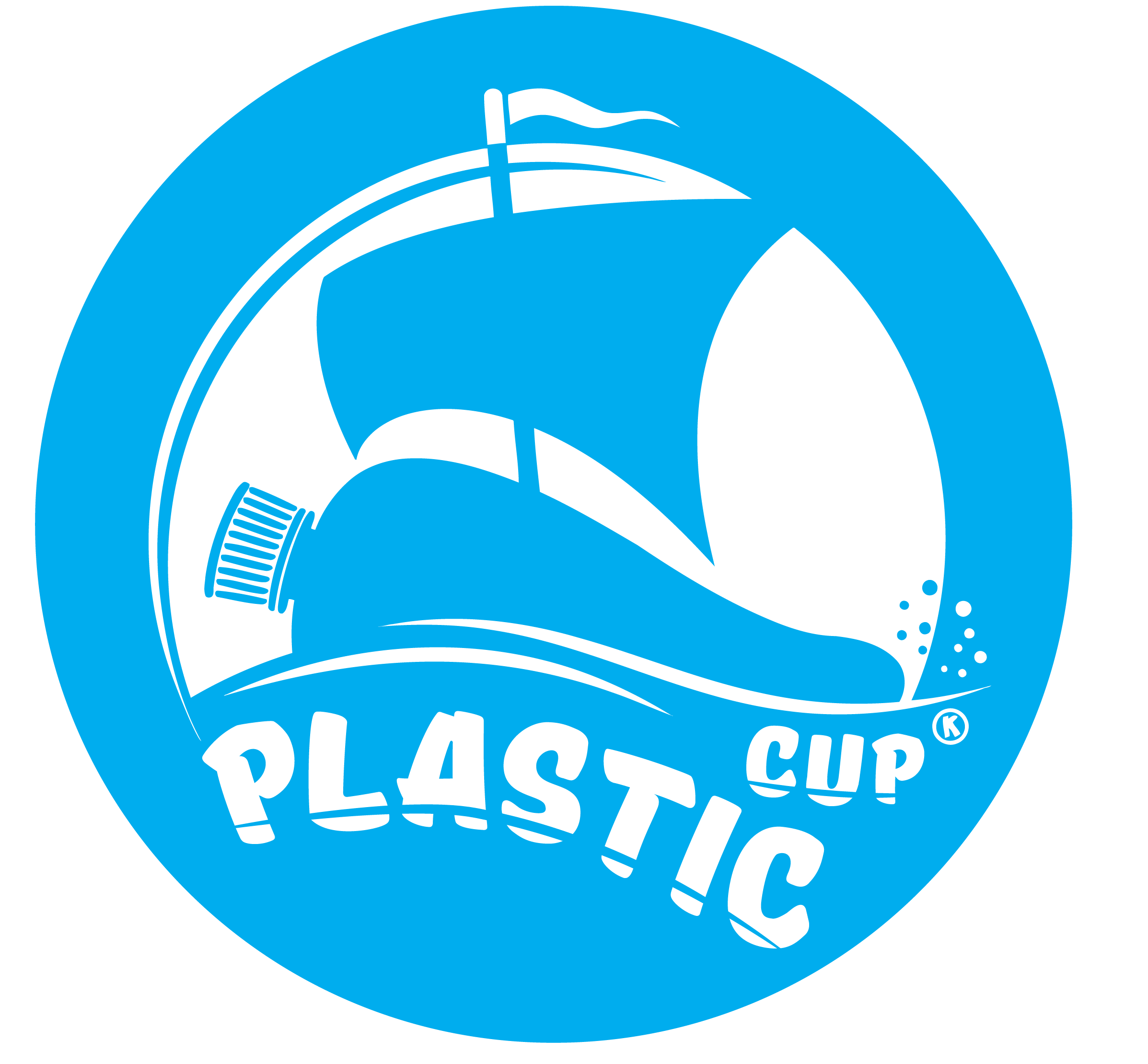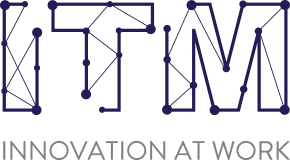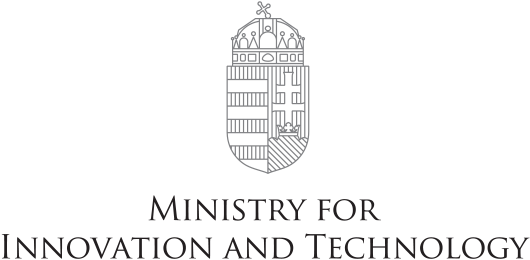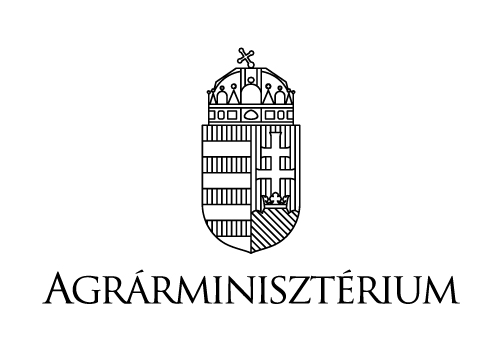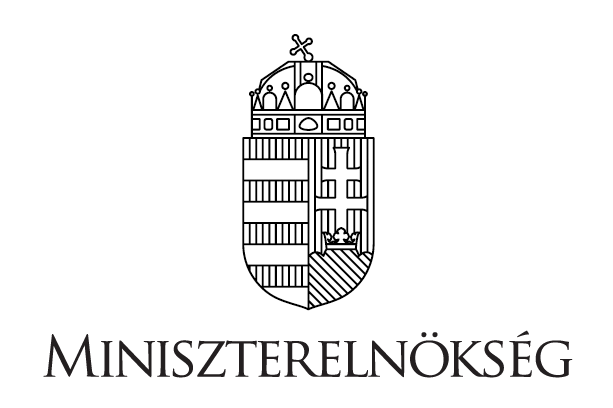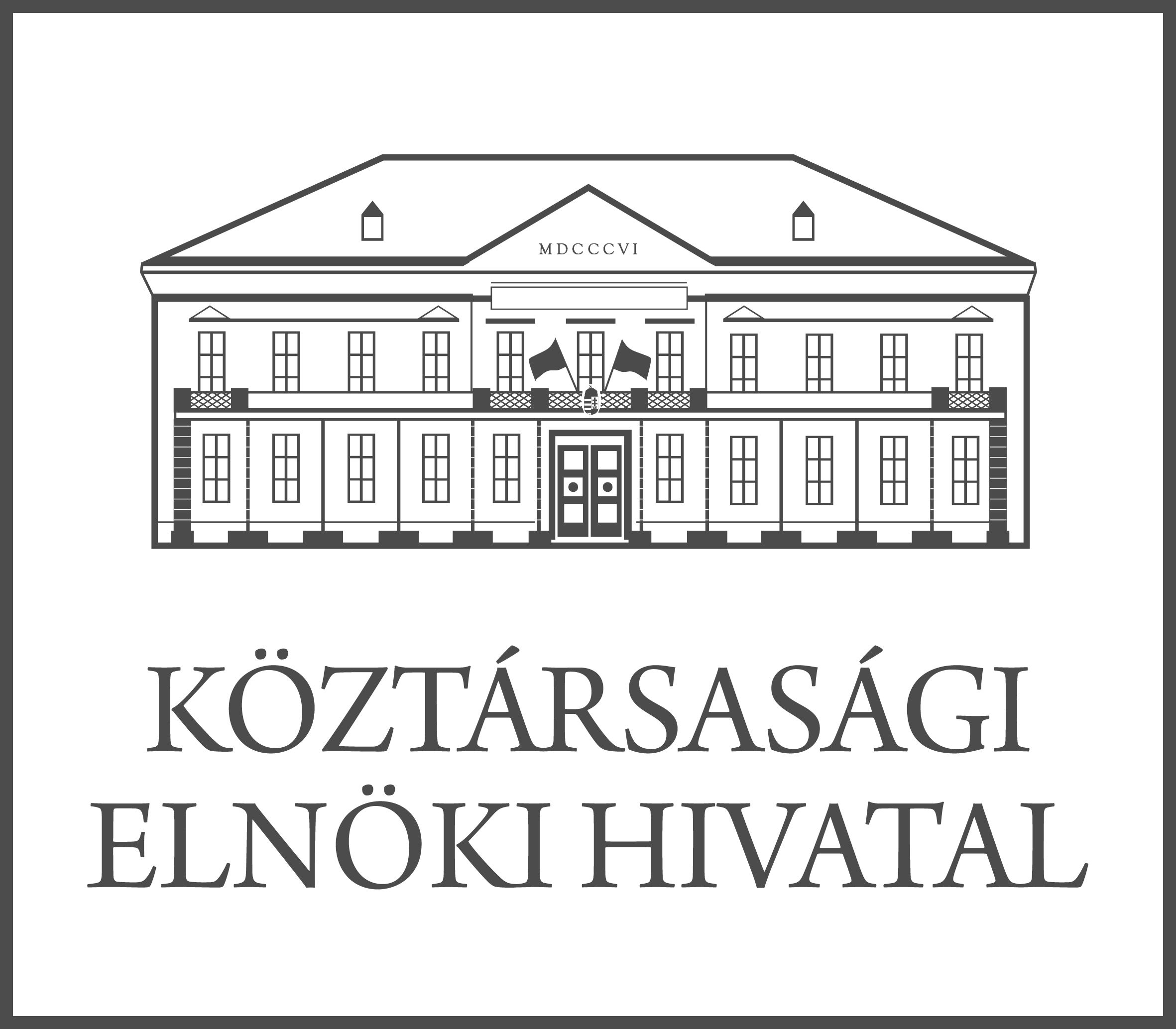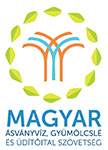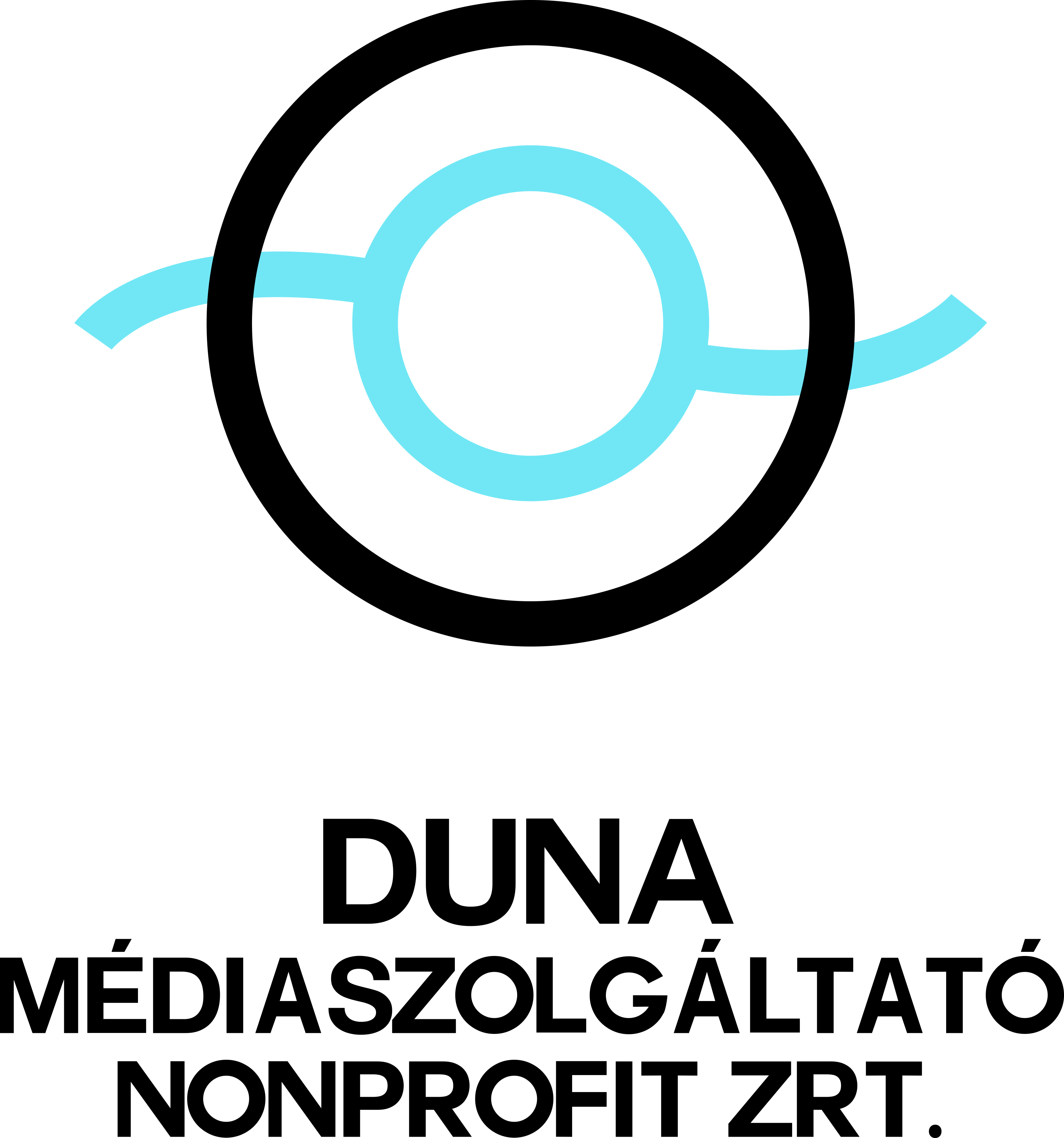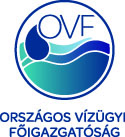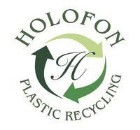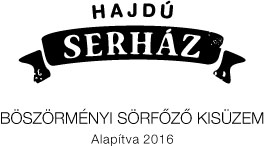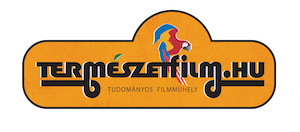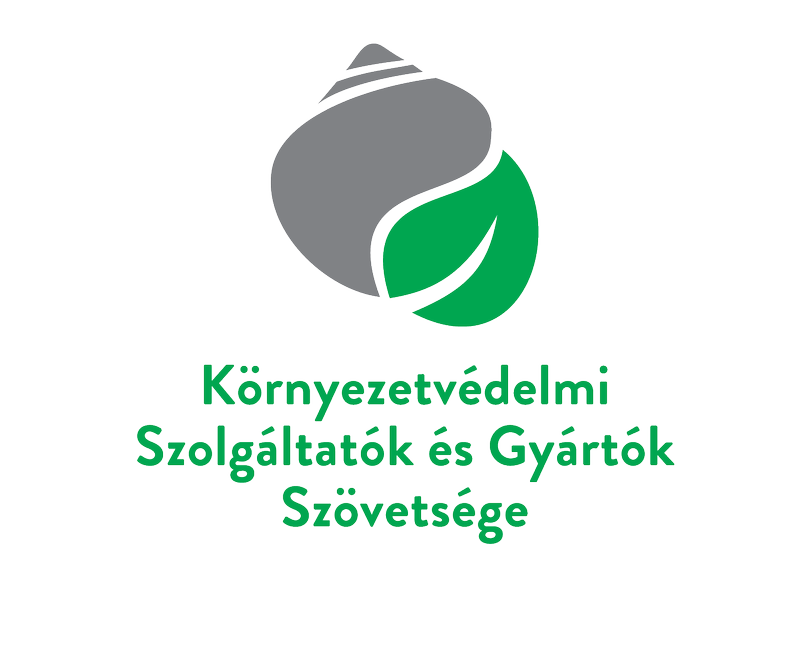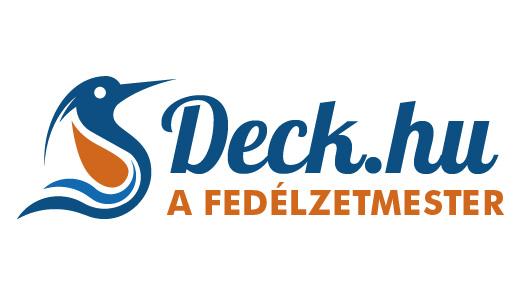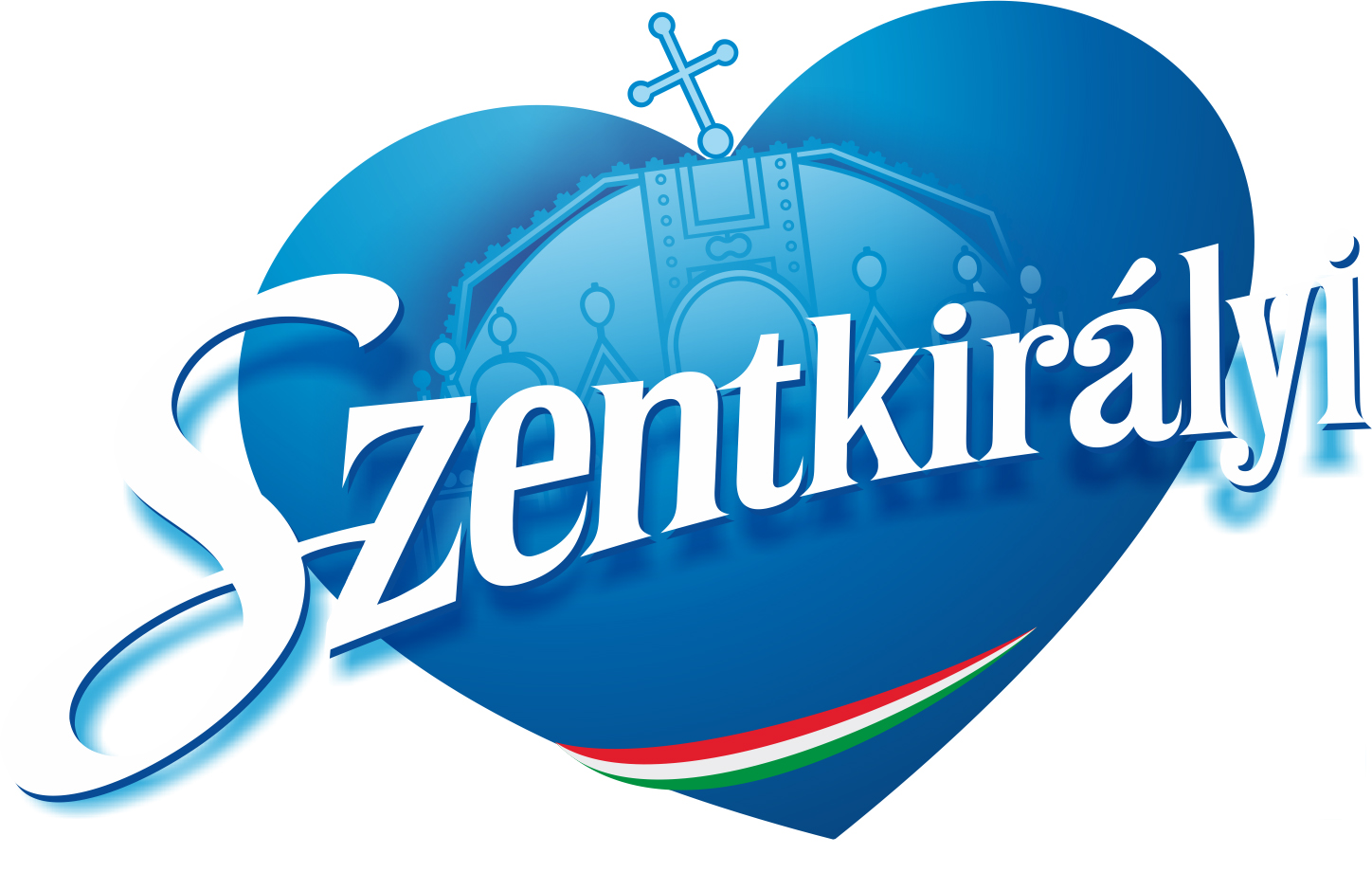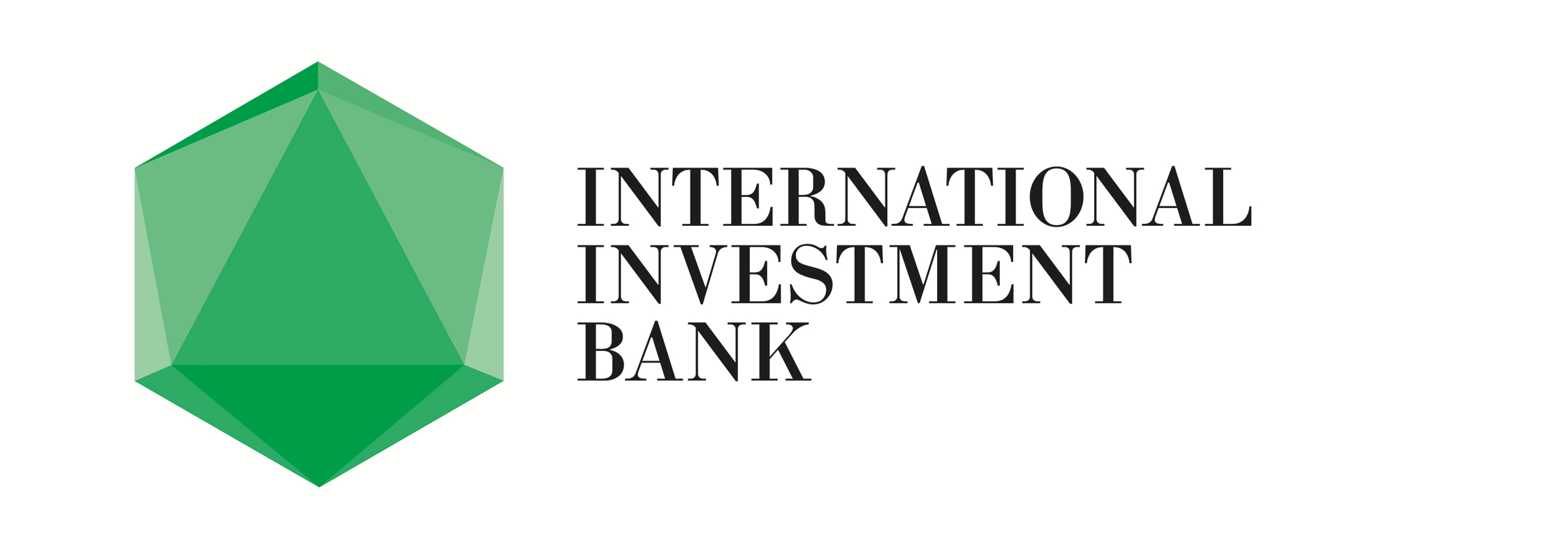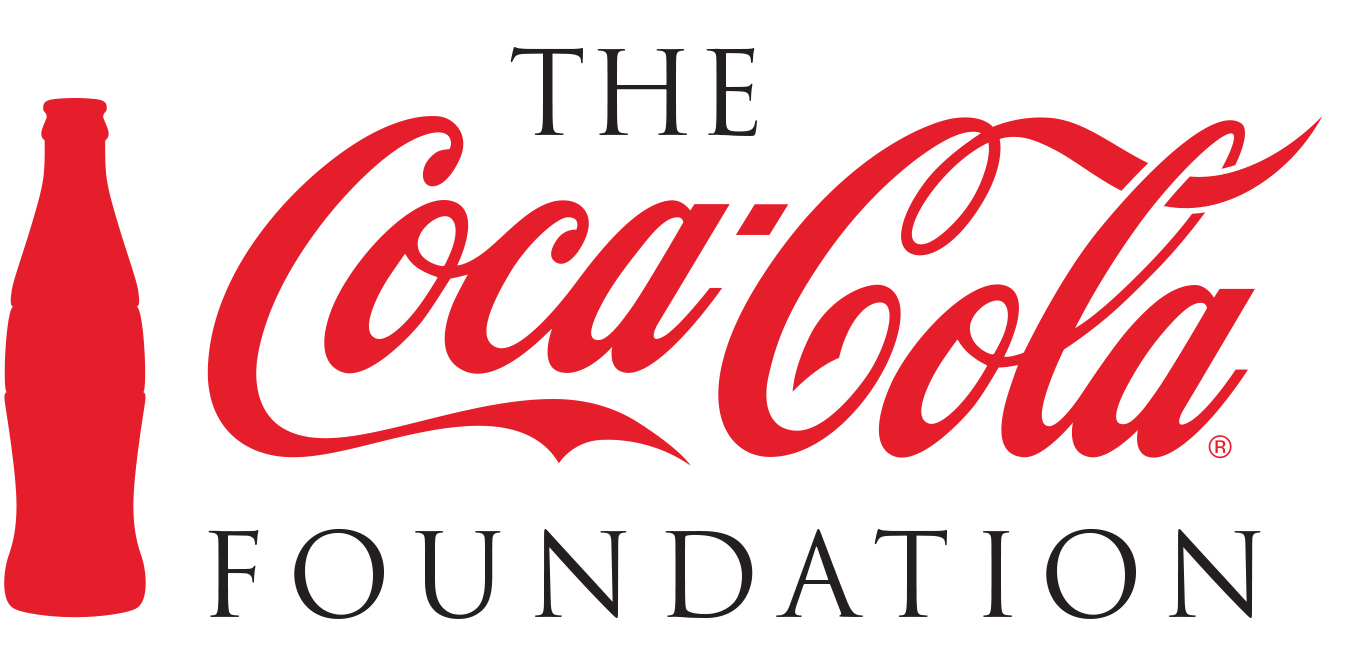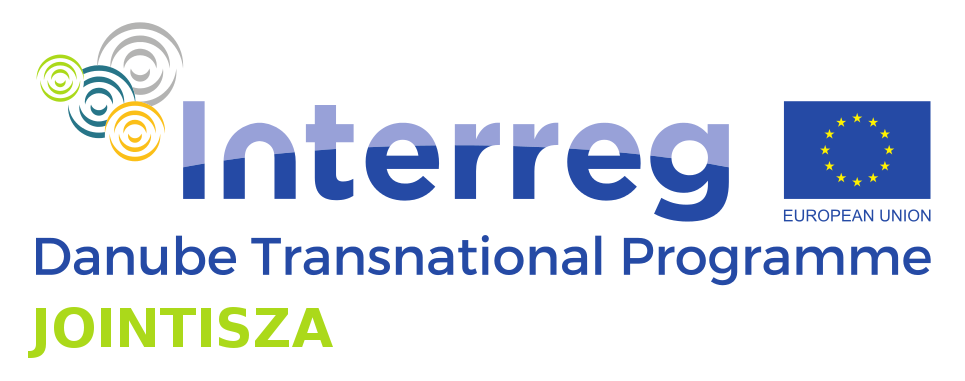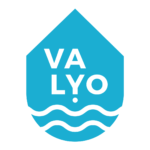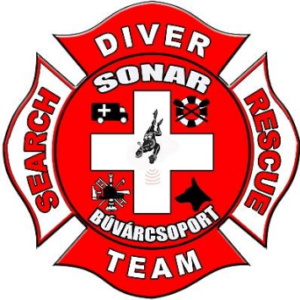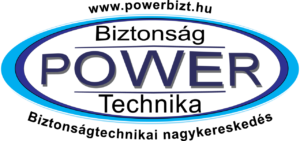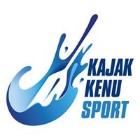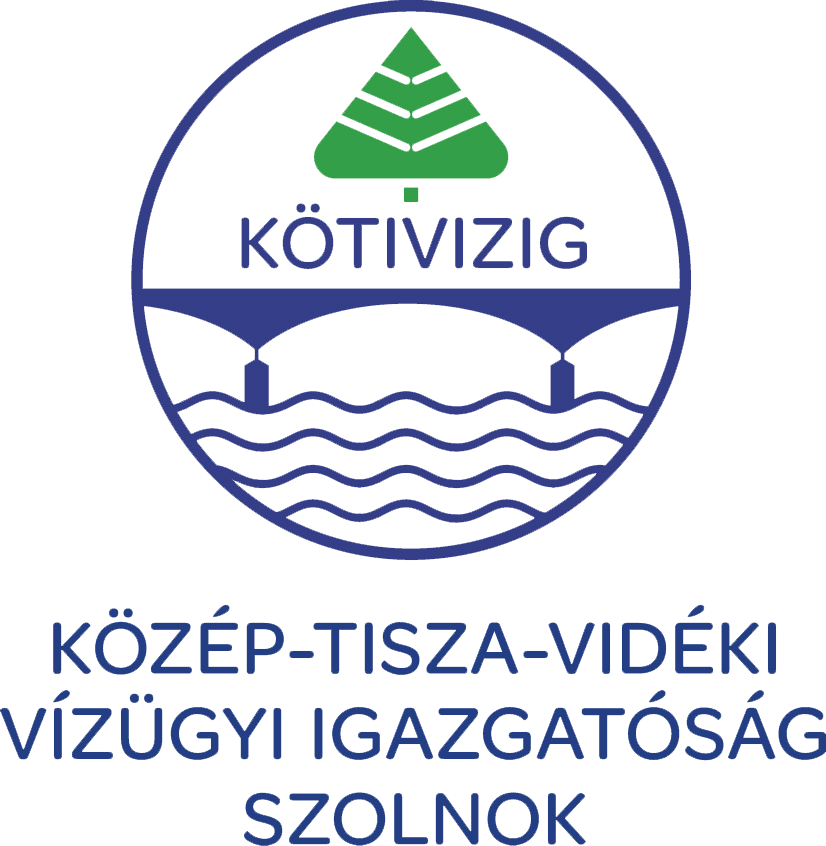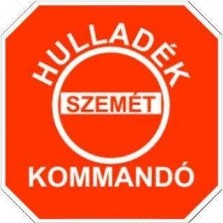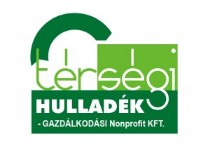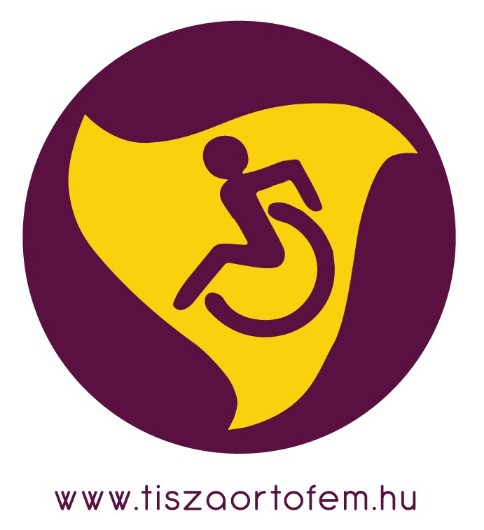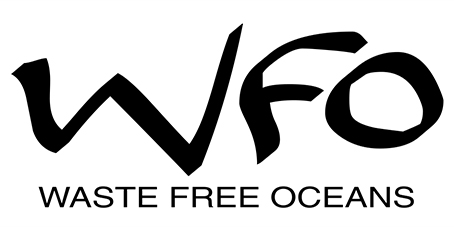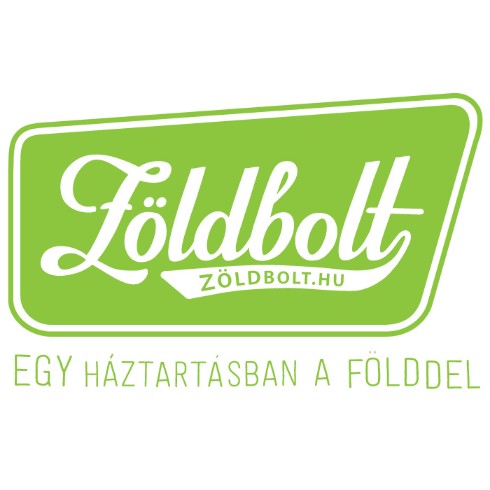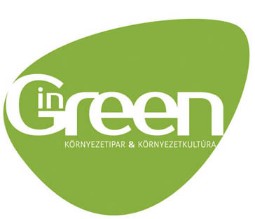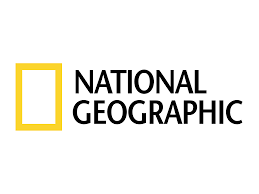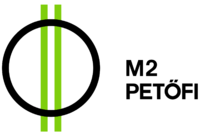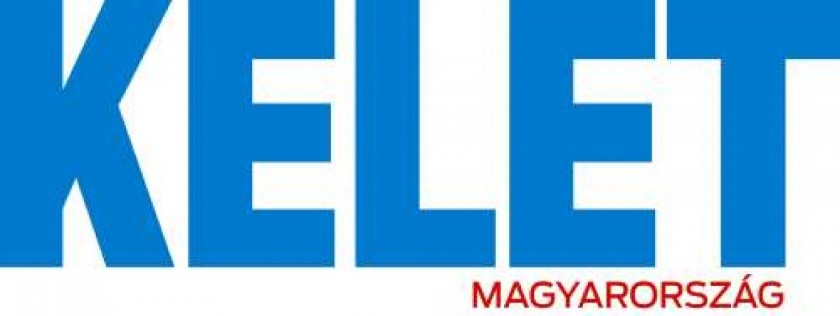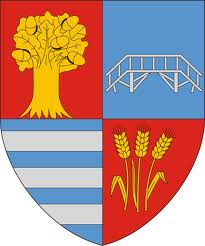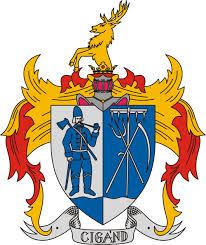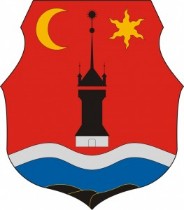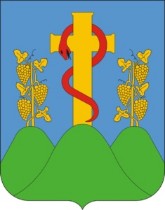Interview with Attila David MOLNAR, co-founder of the Hungarian Plastic Cup
The Plastic Cup on the River Tisza is one of the most successful civil environmental initiatives in Hungary. Volunteers have been cleaning the river from plenty of rubbish for years now. This year the event took place between 1-9 August, during which the participants freed the river from about 10.5 tonnes of (mostly plastic) waste on the 84-kilometer section from Záhony to Tokaj. In connection with this, our author Kata KONSTANTIN, who also personally participated in the cleaning of the river, interviewed co-founder Attila David MOLNAR.
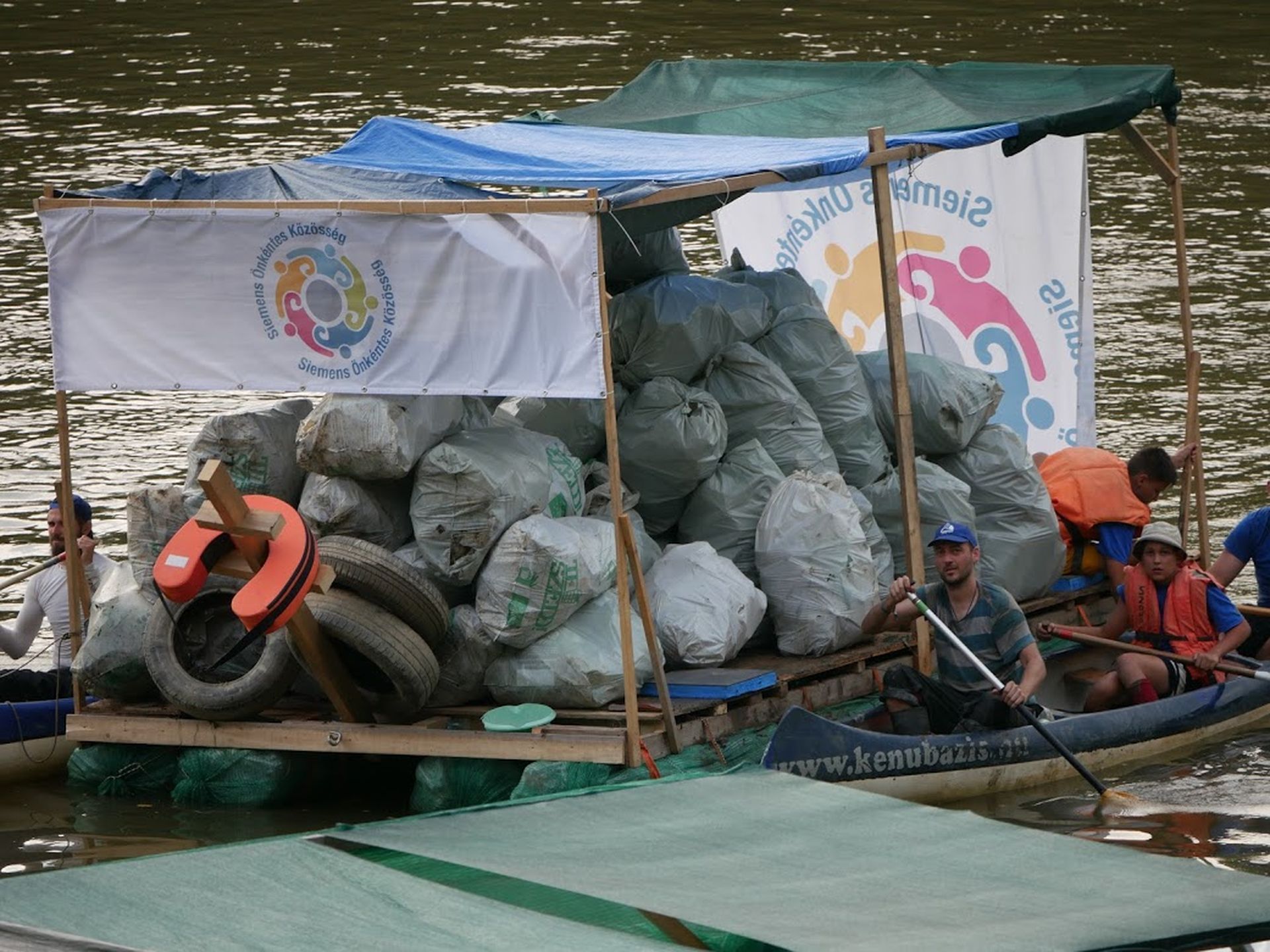
Compared to the launch 8 years ago, the Plastic Cup has improved a lot and many sponsors (ministries, for-profit companies) have been also supporting the initiative. You have appeared in the news several times, even an article was published about the event in the National Geographic Magazine not to mention your regular live-streams on social media platforms. Despite that if you met someone who would be unfamiliar with the name “Plastic Cup” how would you present the initiative?
The Plastic Cup is the first and - as far as I know - still the only environmental action that combats river pollution with the river pollution itself. If I was allowed to speak longer, I would say that it is the most complicated and difficult water tour in the world, because we do not have to face only the difficulties of an average water tour, but on top of that we have to deal with water safety regulations, waste management and also with organizational difficulties.
If I had to tell a kid what the Plastic Cup is, I would say it is a real pirate adventure when we can experience how to build a ship, get on the water with it, and fool around a whole week long.
Where did the original idea come from?
Around 2010 or 2011 we had to make a film about sand martins (a bird from the family of swallows nesting in the steep shores of the river) on the upper sections of the River Tisza and we saw that due to climate change the increased water level swept away the loess walls where the swallows nested. On the other hand, the Tisza brought so many PET bottles, that we could not see the water surface anymore. It was a terrible feeling, so we started thinking about how to solve this issue but at that time we could not think of any good movie ideas. As we are experienced filmmakers, we knew that if we do not have a good movie idea, it is better to wait out.
Later, I heard that a friend of mine (Tibor FEKETE) sailed with Pici PALKO (one of the co-founders of the Plastic Cup) on a few square meter sized PET bottle boat descending the river. Then I knew „That’s it!”! I wanted to meet them right away, I asked them to show me their ship and by then we already knew we had to make a movie of it. Building similar boats, sailing on the river, and competing. We won financial support for the film and the first Plastic Cup came to life. After the race, we came home and felt like we were going through something that should not be stopped. And this miracle has been going on ever since.

So about 20 people attended the first event.
Four ships launched at the first time, with a crew of about 6-7 people per ship. From the very beginning, there was every element you can see at a Plastic Cup today: you could gain scores at skill competitions, for garbage collection, and there was even a literacy quiz on the River Tisza. We also invited a musician who made musical instruments from waste and played on them. So, the very first Plastic Cup was made up of the same elements: the start, the soda (instead of a starting pistol), the lifeguards, the boats competing with each other but still helping each other.
The volunteers and participants are driven by the love of the nature and of the River, whose number grew from the initial 20-50 to 320 people, taking up the fight against waste islands of Tisza last year. What do you think, what was the “breakthrough point” when the Plastic Cup evolved from a family event to a real environmental festival?
It is a really good question. If there was a secret to our success, it could be unraveled. All I can say is that in the early years, we knocked by a lot of companies that showed us the door, did not help us and I am sure that they regret it today. But we knew from the beginning that this was a good idea and we offered them the opportunity to join as we were asking for their support. And we got several “No”-s in a row. It may have happened that the idea was so absurd or so foolish that few dared to believe that it could work. It is not a regular clean-up story with picking up some waste and shooting photos, but rather a project believing in a fully circular model and economy.
I think in the beginning, the potential supporters did not know if we were serious or if we could do it the right way. After 4-5 years, remarkable companies started to stand by our side. The first breakthrough was SIEMENS, which sent a team and then handed over a check for 1 million HUF (ca. 3.000 EUR). Then Schneider Electric, Henkel and many more joined our mission. They started rowing with us first, to see what the Plastic Cup is all about and only after that we could develop a closer collaboration. After that, the magnet or “gravitational effect” has started working: other potential supporters could see that “serious names” have been paddling with us for years, so they also gave it a try.
What role has played in this success that you are a nature filmmaker, and such as you know how to draw people’s attention to a problem?
The Plastic Cup is an initiative with movie-roots – already it grew out of a movie in the first place - so videos and photos taken at the races have been crucial ever since. I do not even know what happens to other good ideas which cannot be presented like that? I think they have very slight chance of breaking the “visibility” threshold. It is our good fortune to be able to take pictures of the Plastic Cup and experience the benefits of it every day. I think at least half of that success comes from that.
Due to climate change, it is becoming more and more common that within a few hours a volume of rain, equivalent of several weeks or even months falls in an area, causing flash floods. How do you see, compared to 8 years ago, do you have to organize more events because of this phenomenon, or have the timeframes changed, when it is worth picking up the waste out of the floodplain?
I think it affects the Plastic Cup a lot. I myself would be in favor of water retention methods: so if the flooding comes, we should not have just one Lake Tisza, but let’s say five and store plenty of water from which we can live happily till autumn. However, if this water is polluted, it is very difficult to convince the farmers to water arable lands with it. Globalization, and the fact that we have started to use more and more disposable plastics, means that more and more trash is being swept away by the water. Not to mention that the predictability of flooding has also greatly diminished. Now we cannot count on that there is a spring flooding or that there will be highwater in June. What we see is that there is no real snowfall, and then when the water comes in — of course, when we typically do not expect it — it is pouring for weeks. I see those who fight directly with river plastic - e.g. employees of the Upper-Tisza Regional Environment and Water Directorate (FETIVIZIG) - they work at the limit of their capacity.
Because instead of two, more or less predictable floods, an extraordinary amount of water enters the country, and very intensely. Our work is hampered by the fact that we have a lot of events where it is extremely important to have a good atmosphere: to be able to sail. We had to forget July, for example, this year. Previously, the Plastic Cup was held mid-summer, but there were so many storms and so many difficult situations that it became risky to travel on plastic boats. That is why we had to postpone the event to August. This is also a change that has taken place in a few years, so I do not even know what will happen next year. We may have to hold the race in September to be sure that the River Tisza will indeed be safely navigable for at least a week. What is certain is that the production, manufacture, transport and even the recycling of plastics means a very serious CO2 burden to nature, which can further accelerate climate change.
In addition to climate change, microplastics are also increasingly being mentioned. Your aim is to ensure that the waste floating on the river does not reach the sea, and thus does not increase the amount of (micro)plastics in the water. Every year, you remove 10-20 tonnes of plastic and other waste from the water, which is also a huge amount, but regarding the overall picture, it is just “a drop in the sea”. Do you have plans to reduce pollution at the source instead of the "end-of-pipe" solution?
To be honest, I never understood the expression “end-of-pipe solution”, because I think the whole system is more like a network. If you tear a spider web anywhere, it will collapse. And the same way, if you stretch it out, it will be restored. In a system, if you intervene somewhere, it is going to have an impact on all the members. We approach the plastic problem from a completely "weird" side, from the people's perceptions. That is why it is not end-of-pipe. Because if you make a fundamental change in human thinking, it will lead to very big changes in the outside world.
The Plastic Cup is also an “end-of-pipe” solution in the sense that the plastic flows down on the river, we collect it, and then the next tidal wave comes and it spreads the floodplain with litter again. But which big problem can be solved right away? We have experienced that if a major difficulty develops, it will take years to solve it. The problem of plastic pollution is so complex that it is obvious: we have for the next 10-20 years work to do, or even longer. We heard at a lecture (the Plastic Cup also features educational lectures – the editor) that only the amount of plastic that is currently circulating in the environment will be a problem for the mankind for about the next 400 years (!).
The solution to this begins by making easy understandable movies and fishing out a small amount of the waste from the river. But these films have a mind-set changing effect on decision-makers. For this reason, they decided to create a chain of barges (a floating machine chain that can drastically reduce the amount of waste laid down in the floodplain and in the lower sections of the river - the editor) cleaning River Tisza. Then it is not just about 5-10 tonnes of waste, it is going to remove more than 100 tonnes from the water. In addition, we hope, that the international outcry caused by the Plastic Cup movies will lead to the realization in Ukraine and Romania that something must be done. Instead of punishing or holding accountable someone for this situation, we are looking for cooperation with the neighboring countries affected by the same situation, and we want a collaborative network to be developed first and foremost with other NGOs or even with the authorities.
The aim is to make local people interested in collecting waste again. The Plastic Cup helps a lot with this. It is a pleasure to see how a Ukrainian waste manager has his eyes lit up when he can hold a recycled plastic plank for the first time in his life. (This year, for the first time, a plastic plank of plastic waste collected and sorted during the Plastic Cup was made that can be processed similarly to its wooden counterpart – the editor). He realizes that it is possible to build a house out of it and this way we can make him interested in processing the plastic waste locally or even producing the plank itself.

Yes, the first step to this was the "River Rescue Truck for Béla" initiative. Can you say a few words about that?
This is a very good example of how NGOs can help each other regardless how significant they are. I have found that we can help someone by saying "Listen, we're going to make you a short film about this, okay?". Apparently, it is a very small gift, but if used well, it means serious support. And this is what happened to Béla (Béla FRANCZ, who used to fight waste pollution in Ukraine with the help of an old truck - the editor), who we knew needed help. He was very tired when we met him, facing unsolvable problems. We saw that he needed some money, so we organized a fundraising for him. And see how the Hungarians helped him: instead of 1.5 million HUF they donated more than 3 million HUF (8.500 EUR).
Bela has since a large and a smaller truck, became known and was able to continue his waste management business. It feels marvelous that in the first week this “river rescue truck” transported away about 5-10 tonnes of waste from the Tisza source region. If it happens every week, you can expect 40 tonnes per month and around 500 tonnes per year to be diverted from the river. In 3 to 4 years it will clean the river of an enormous amount of waste. And that is just one businessman. And just one truck. There are huge opportunities in awareness raising and knowledge dissemination between the neighboring countries. That is what I call the real European Union, when we are so connected by natural resources and everything else that we cannot do anything else because we are dependent on each other.
We have talked earlier about that due to the pandemic situation, the number of the participants’ of this year's race had to be reduced to 200 people, an event at the Tisza Lake, which debuted last year, had to be cancelled, and another one (the litter picking on River Bodrog) will be held in September instead of spring. How difficult was it to organize this year’s Upper Tisza race, what did you have to pay special attention to?
It was a lot more stressful to organize it and we still could not let this tension out of us because we had to take care of everyone. We sympathize deeply with all event organizers who have lost their jobs and money due to the epidemic situation, that it is not possible to create events now. Following the rules, we are far below 500 participants at the Plastic Cup. You should also know that this is not an event that is based solely on entertainment, but a river cleaning action.
Besides, we are not irresponsible: we have a permanent medical service, all the organizers arrived with negative COVID tests, so we have done our best to ensure that no infection is made during this event. Foreigners did not come this year either, we did not touch foreign shores during the voyage (we did not land in Slovakia), so we are very careful not to endanger each other or the local communities. But it was hard, much harder than last year.

You have been checking in regularly on Facebook, and you have been represented on Instagram since 2017, this way the generations Y and Z know you. As far as I know, this year, with the help of one of the teams, you will also use TikTok (@_pet_unia_hu) for raising awareness. One of the first results of this is that your Saturday (opening day) video was seen by 35,000 people in a few hours. With this, you can make river protection understandable and trendy even for the youngest generation. How do you see are you going to use this platform in the future?
Honestly? I can only speak the language of Facebook. I do not understand even Instagram, not to mention TikTok. I am going to stick with coordinating communication with my own generation on my “own surfaces”. But the whole Plastic Cup is built in such a way that we know there is a lot more work to be done here than our generation can handle. That's why you can see so many kids here, there are so many potential organizer candidates, the offspring who can take over, and can take the Cup further if we don't manage to clean the river in our own life. And it is obviously their job to take over these new tools as well. We can help the birth of such contents by encouraging them and rewarding them, since they get Plastic Cup points for every post or likes. This motivates them to continue communicating online even during such a difficult tour, where there is often no internet connection. Because without these posts, I think all initiatives are dead.
In which areas would you like to see similar events? Are there any foreign examples that you think should be introduced also in Hungary?
I think the great problems of our generation are: climate change, plastic pollution, loss of pollinating insects and species, including the loss of forests. Whichever way I look at it, there is an incredible need for a big awareness raising campaign. The thing that I am shocked the most is the pace at we kill insects. Compared to my childhood, there are far fewer mosquitoes on a water tour like this. I remember that the front of the cars was always full of run-over insects, and now we cross the country and we cannot see any trace of them. Swallows and pates are also disappearing.
I think it is crucial to start such attitude changing campaigns in all of these areas that motivate young people and for a reason make beekeeping, home gardening, tree planting and similar activities trendy. If we fail any of these, our own chances of survival will rapidly decline. But I have to say that I have tried to act and work with behavior changing projects in several areas, and although there have been minor successes, nature conservation projects, I have not seen a breakthrough yet where everything went wll. Presumably, nature conservationists are also struggling with the same situation. These are all communication challenges.
Thank you for the interview and good luck next year!
Sponsors

